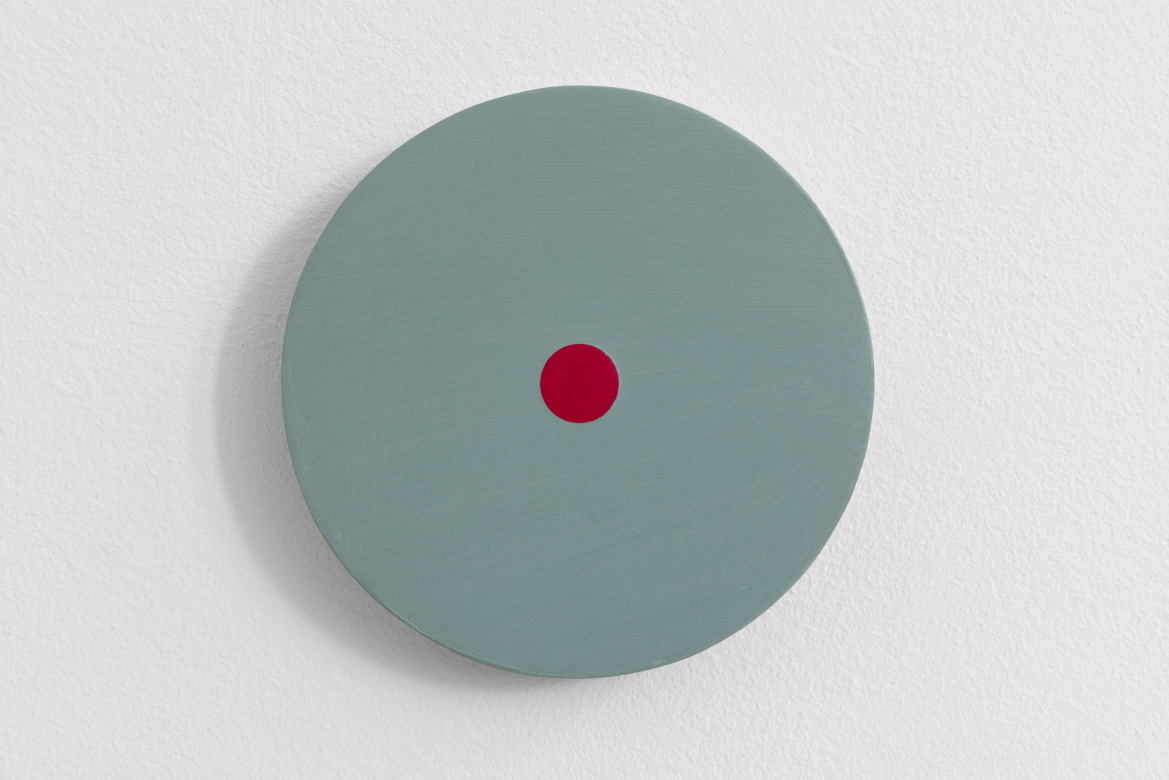
Tess Jaray, In the beginning, 2023, acrylic on wooden panel, 15 x 15 x 2,5 cm. Photo by Sam Roberts
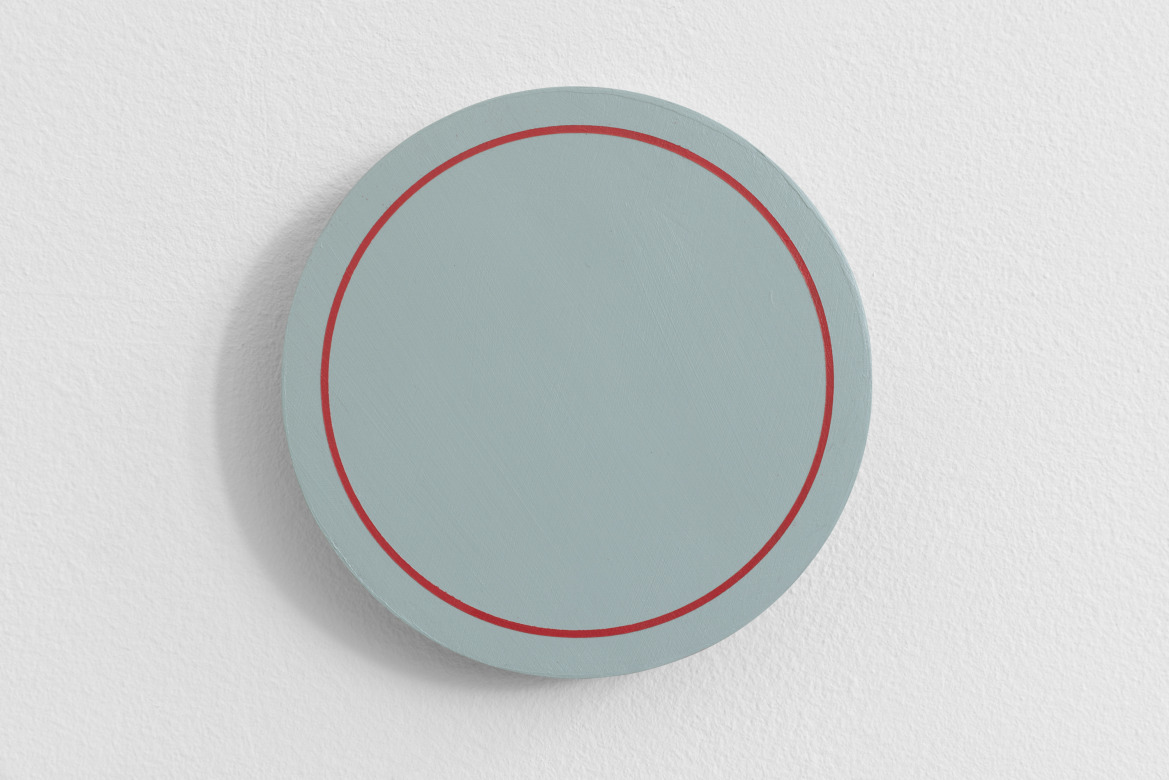
Tess Jaray, In the end, 2023, acrylic on wooden panel, 15 x 15 x 2,5 cm. Photo by Sam Roberts
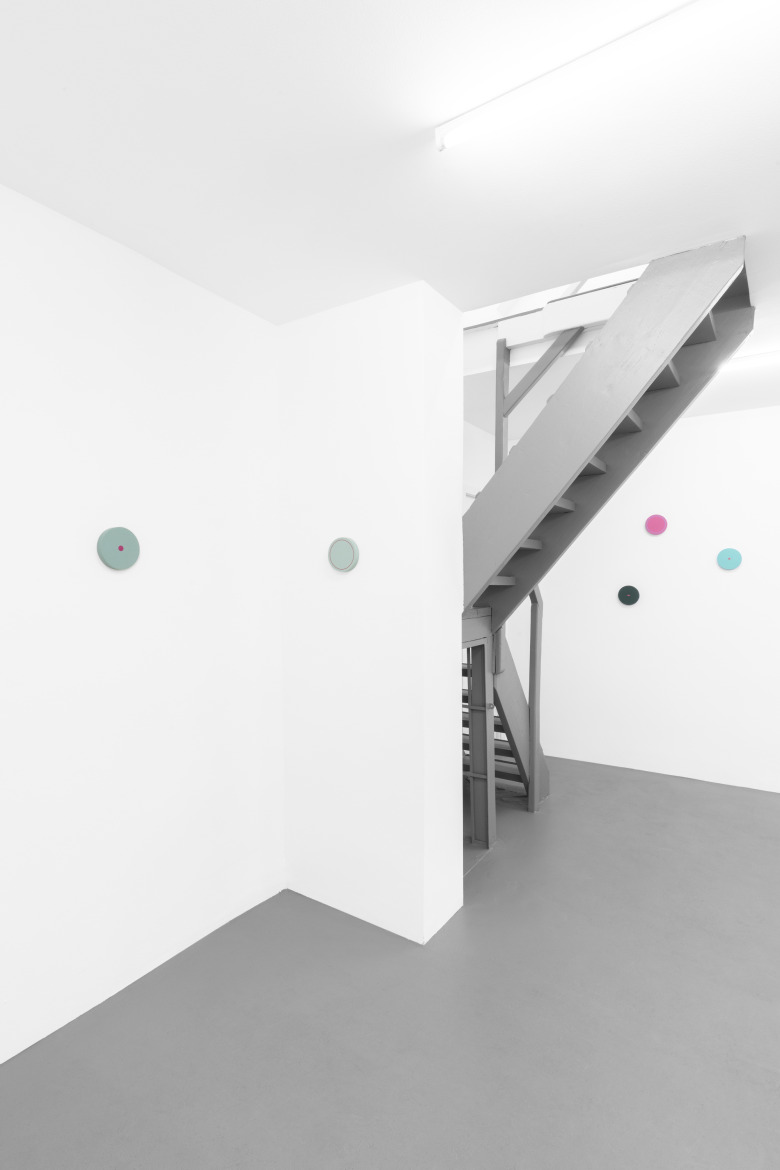
Tess Jaray, °°‾‾°°, Installation view, EXILE, 2023
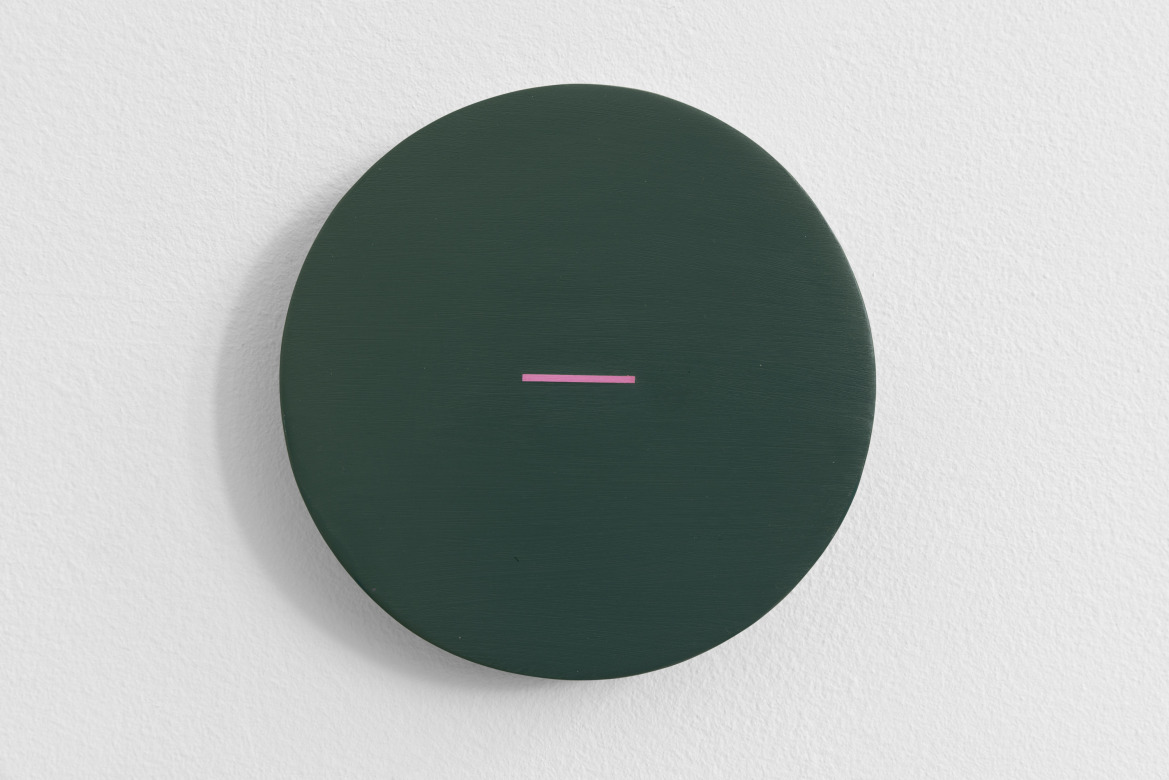
Tess Jaray, In the beginning, 2023, acrylic on wooden panel, 15 x 15 x 2,5 cm. Photo by Sam Roberts
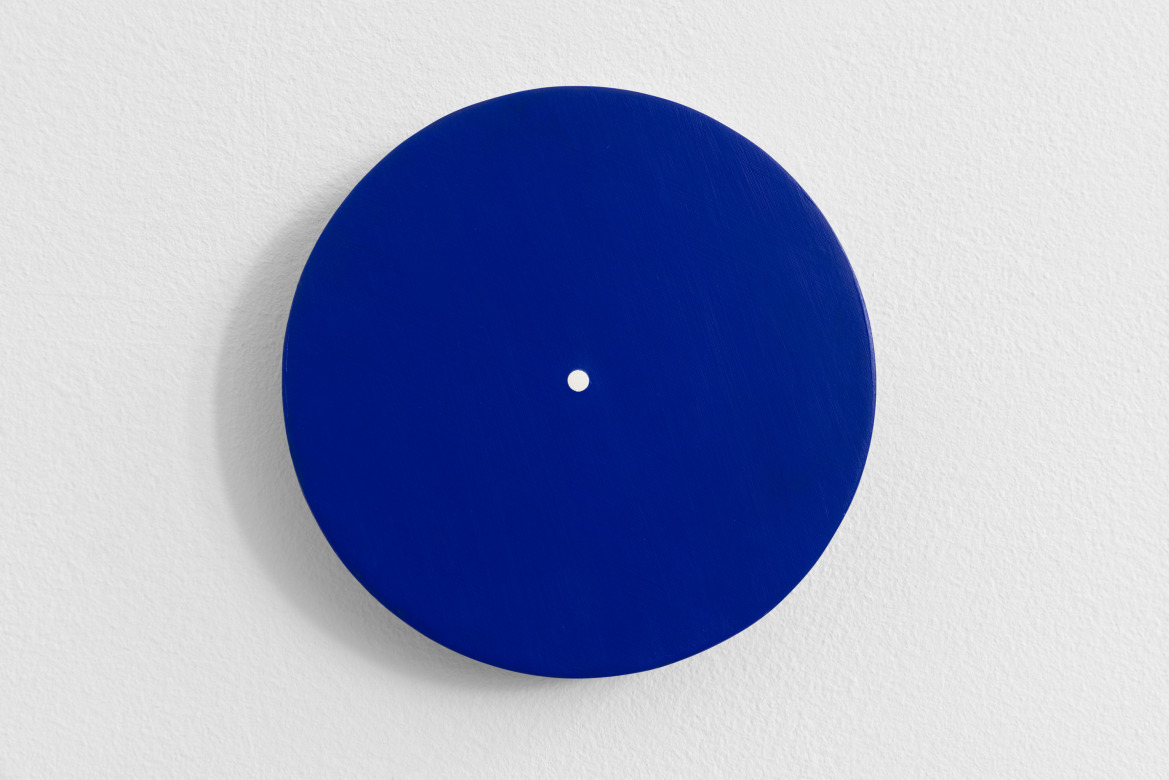
Tess Jaray, In the beginning, 2023, acrylic on wooden panel, 15 x 15 x 2,5 cm. Photo by Sam Roberts

Tess Jaray, In the beginning, 2023, acrylic on wooden panel, 15 x 15 x 2,5 cm. Photo by Sam Roberts

Tess Jaray, In the middle, 2023, acrylic on wooden panel, 15 x 15 x 2,5 cm. Photo by Sam Roberts
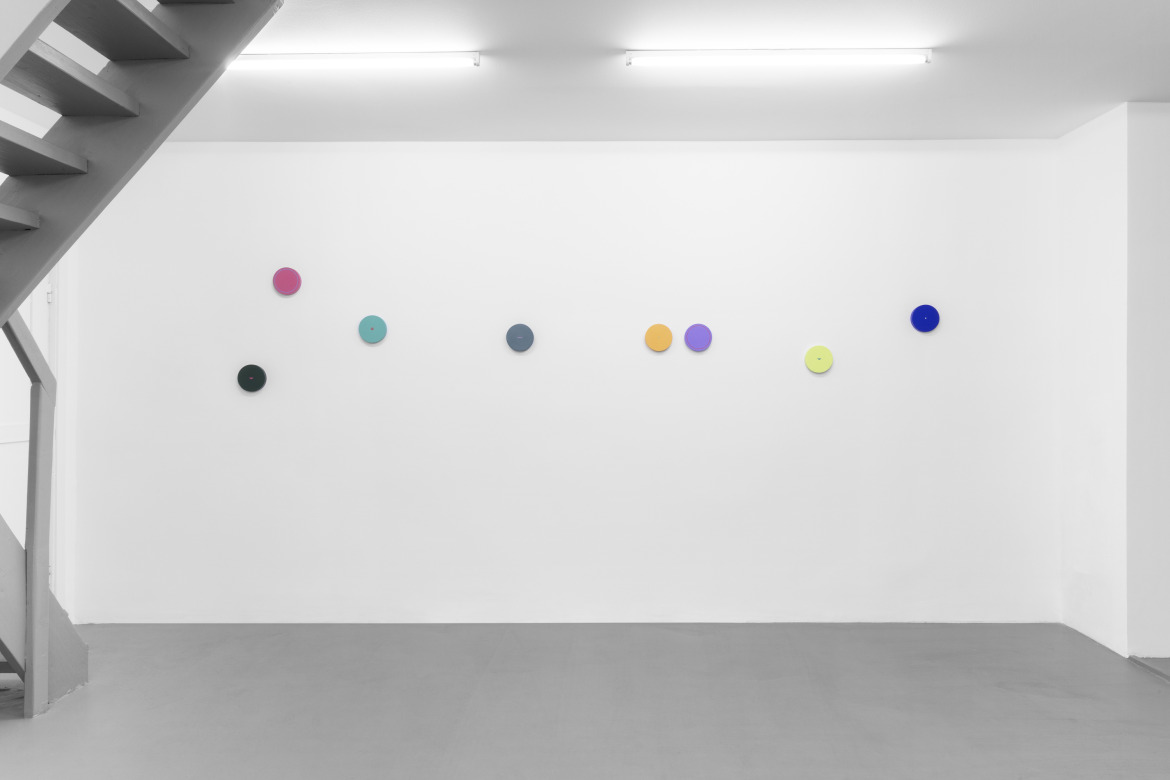
Tess Jaray, °°‾‾°°, Installation view, EXILE, 2023
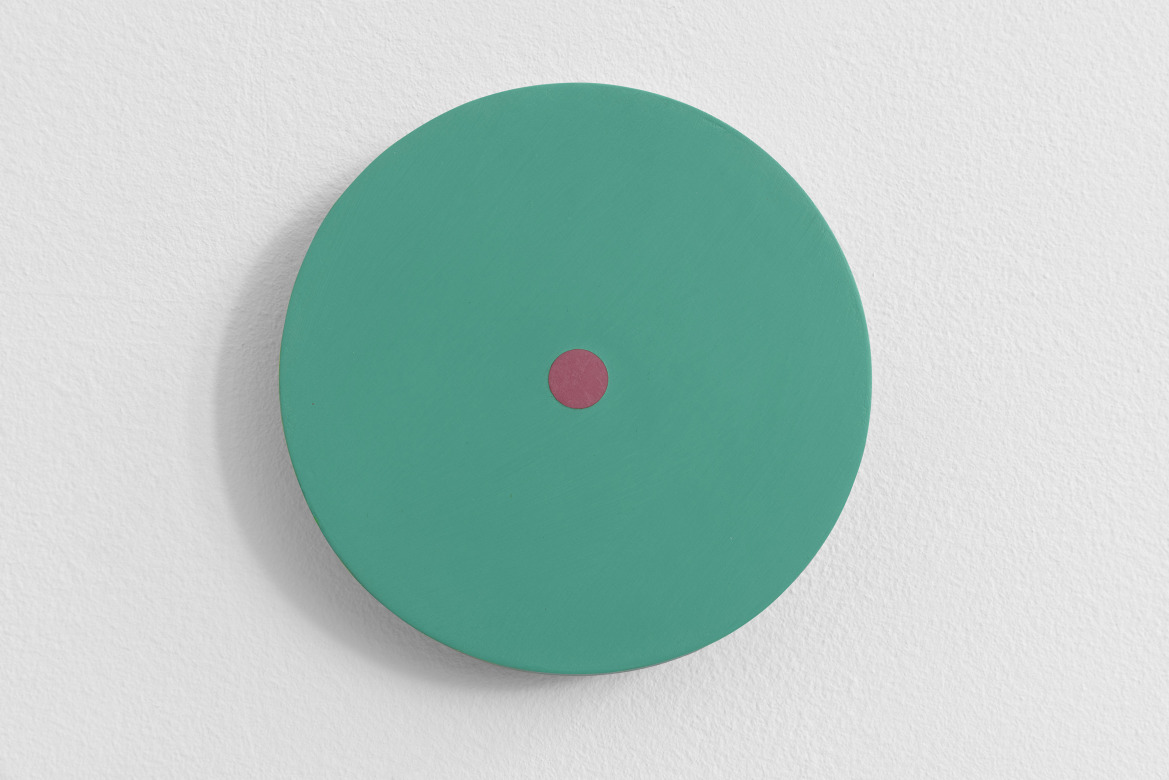
Tess Jaray, In the beginning, 2023, acrylic on wooden panel, 15 x 15 x 2,5 cm. Photo by Sam Roberts

Tess Jaray, In the beginning, 2023, acrylic on wooden panel, 20 x 20 x 2,5 cm. Photo by Sam Roberts
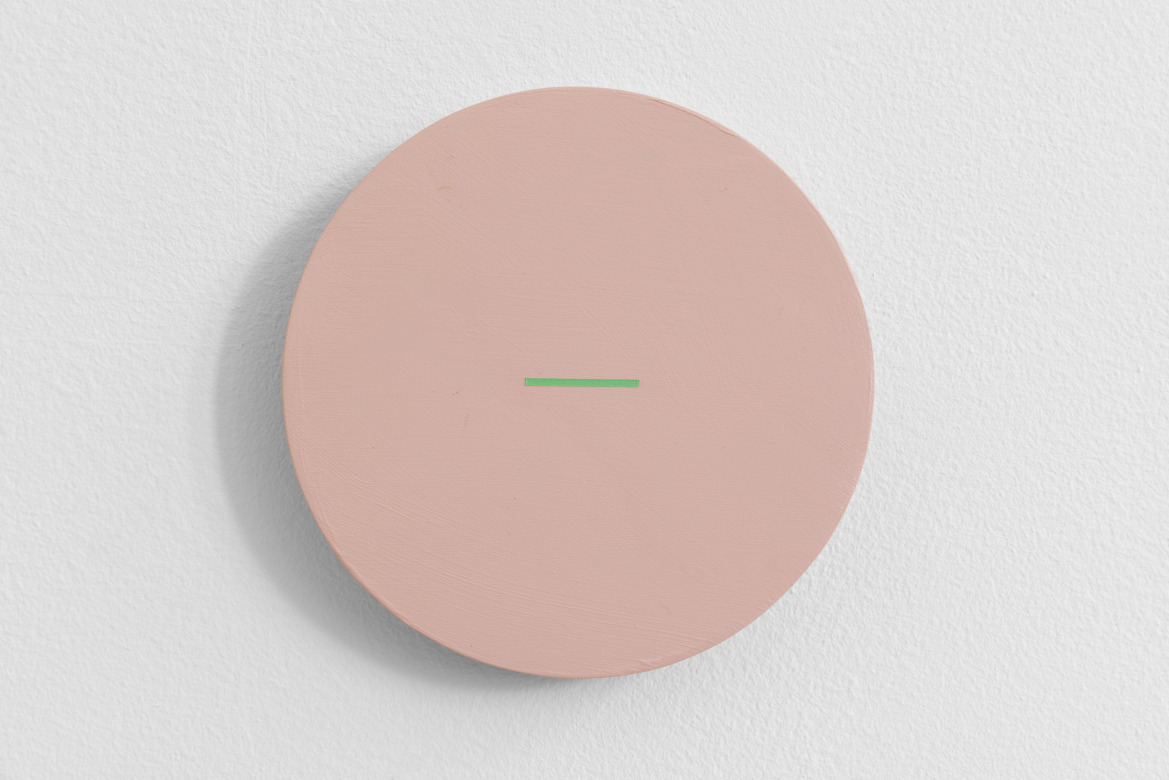
Tess Jaray, In the middle, 2023, acrylic on wooden panel, 15 x 15 x 2,5 cm. Photo by Sam Roberts
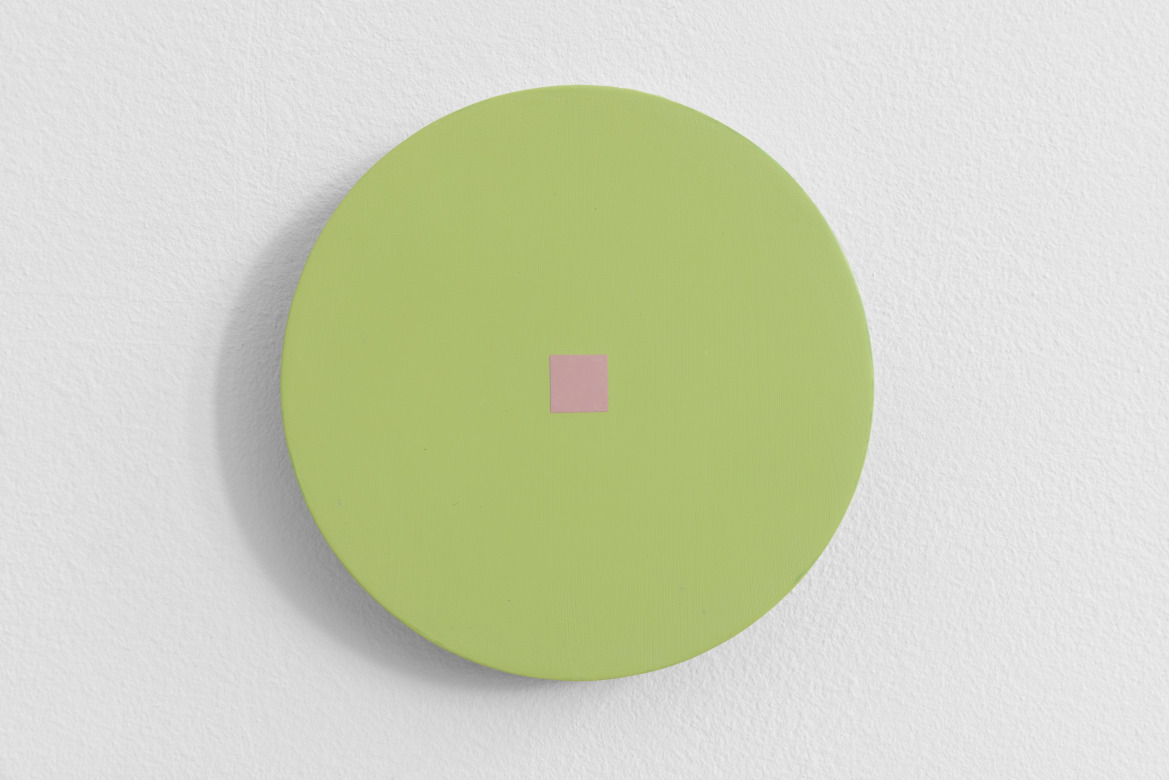
Tess Jaray, In the beginning, 2023, acrylic on wooden panel, 15 x 15 x 2,5 cm. Photo by Sam Roberts
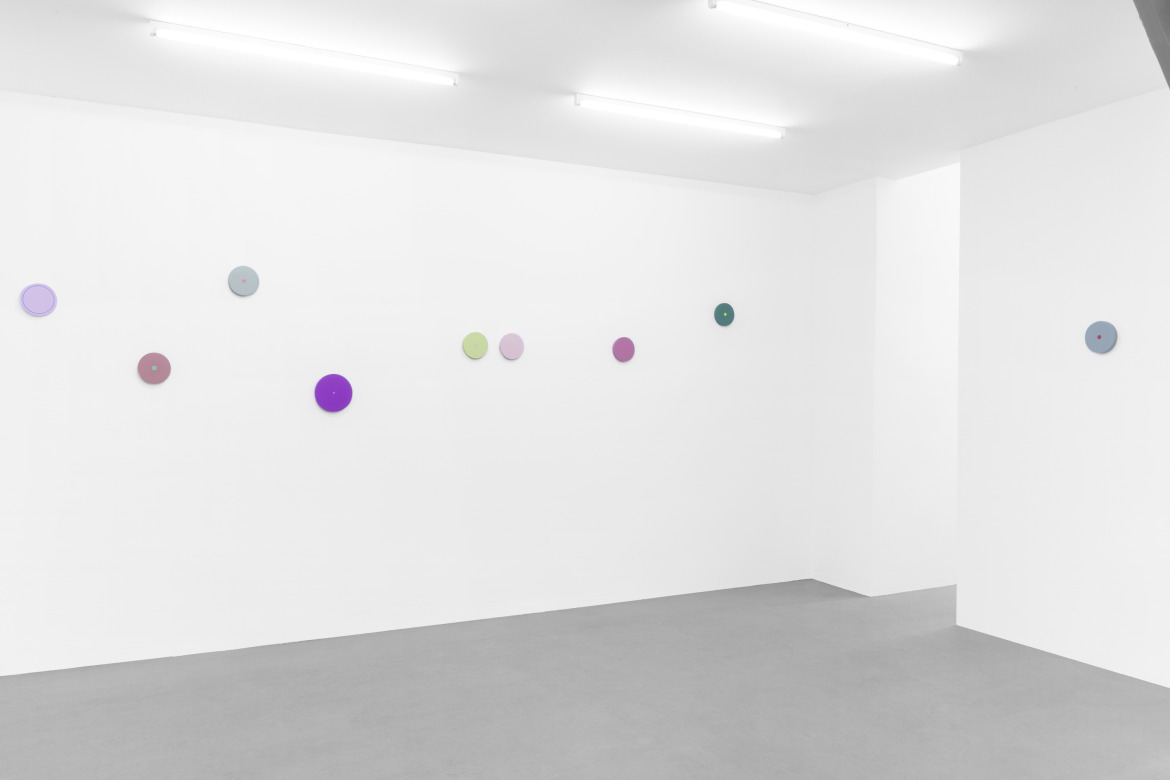
Tess Jaray, °°‾‾°°, Installation view, EXILE, 2023
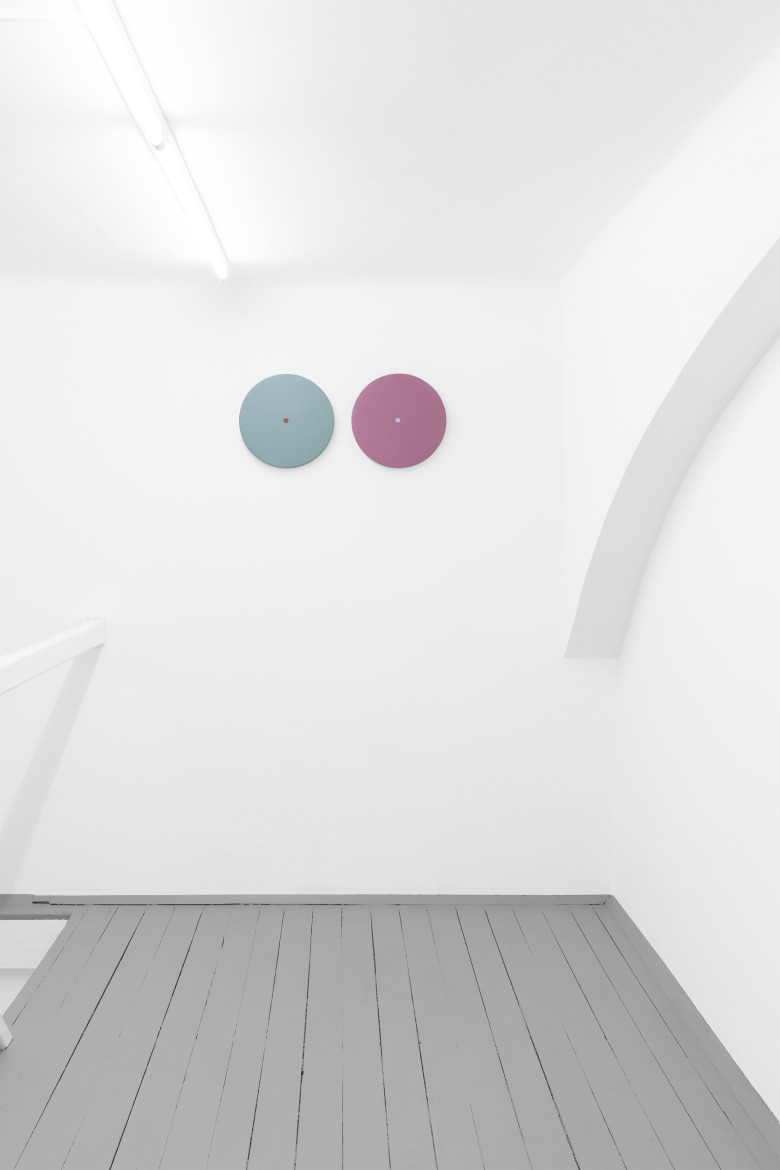
Tess Jaray, °°‾‾°°, Installation view, EXILE, 2023
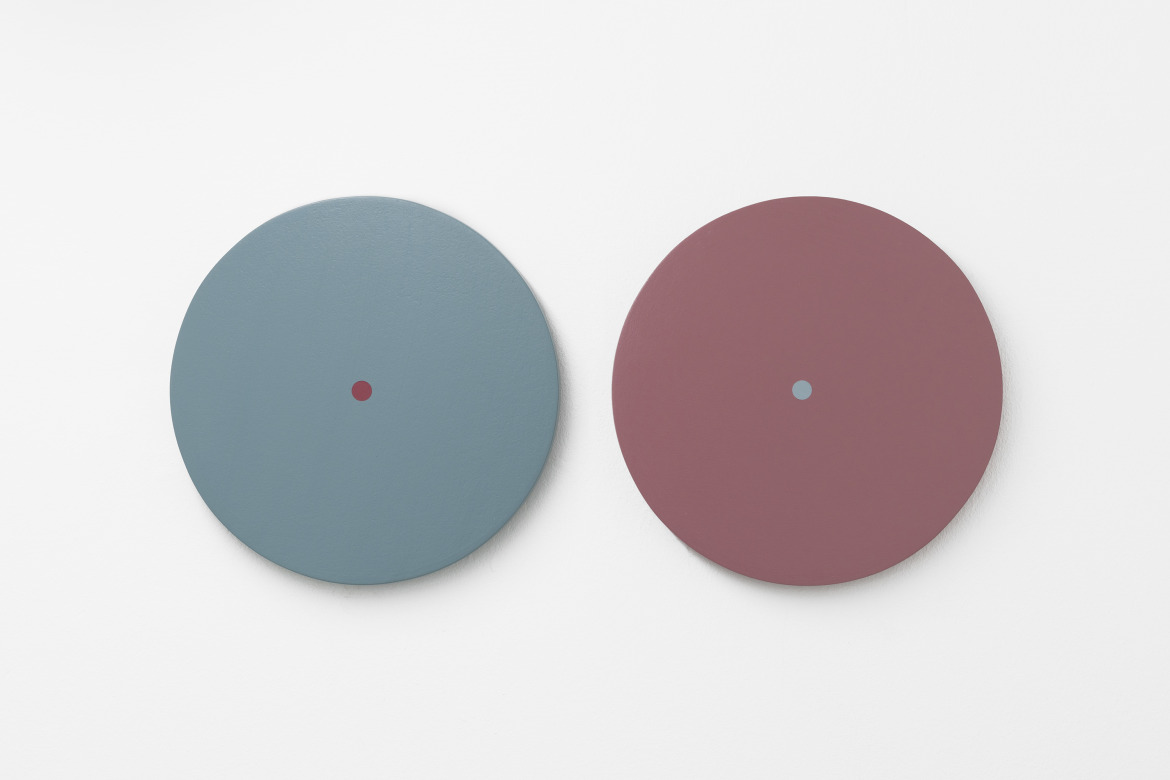
Tess Jaray, Untitled, 2020, acrylic on wooden panel, 30 x 30 x 2,5 cm each
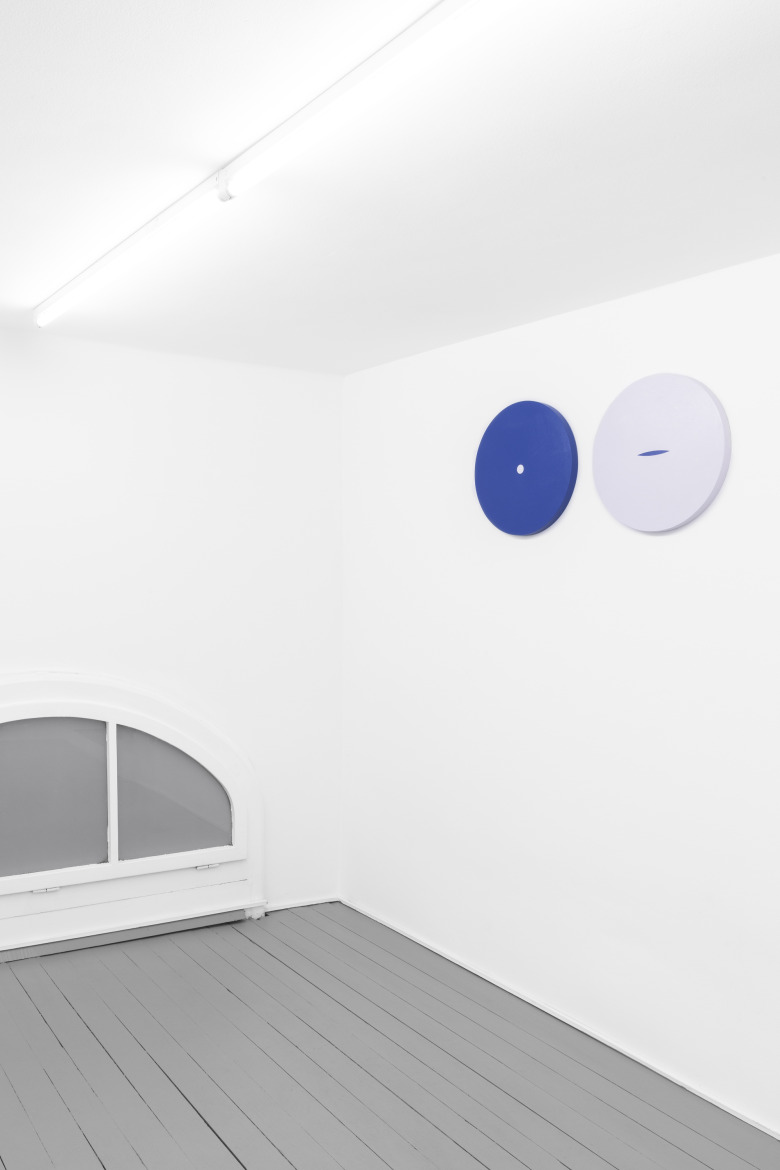
Tess Jaray, °°‾‾°°, Installation view, EXILE, 2023
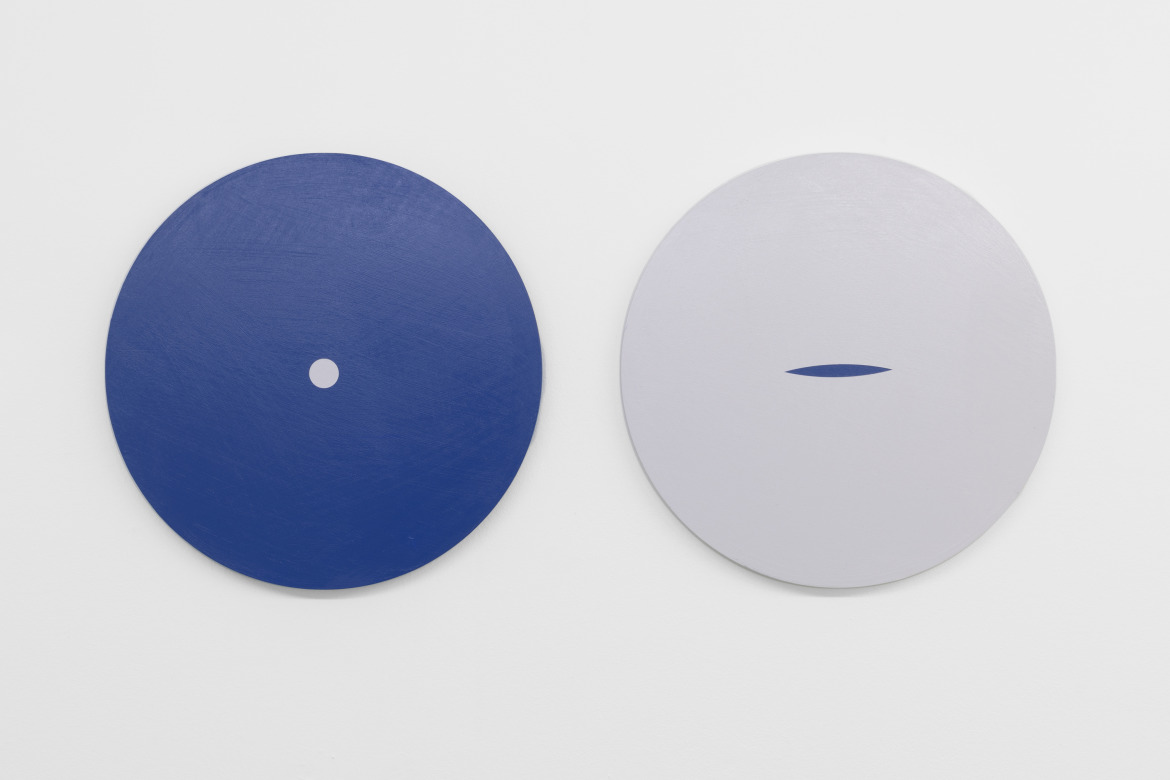
Tess Jaray, Untitled, 2020, acrylic on wooden panel, 40 x 40 x 2,5 cm each
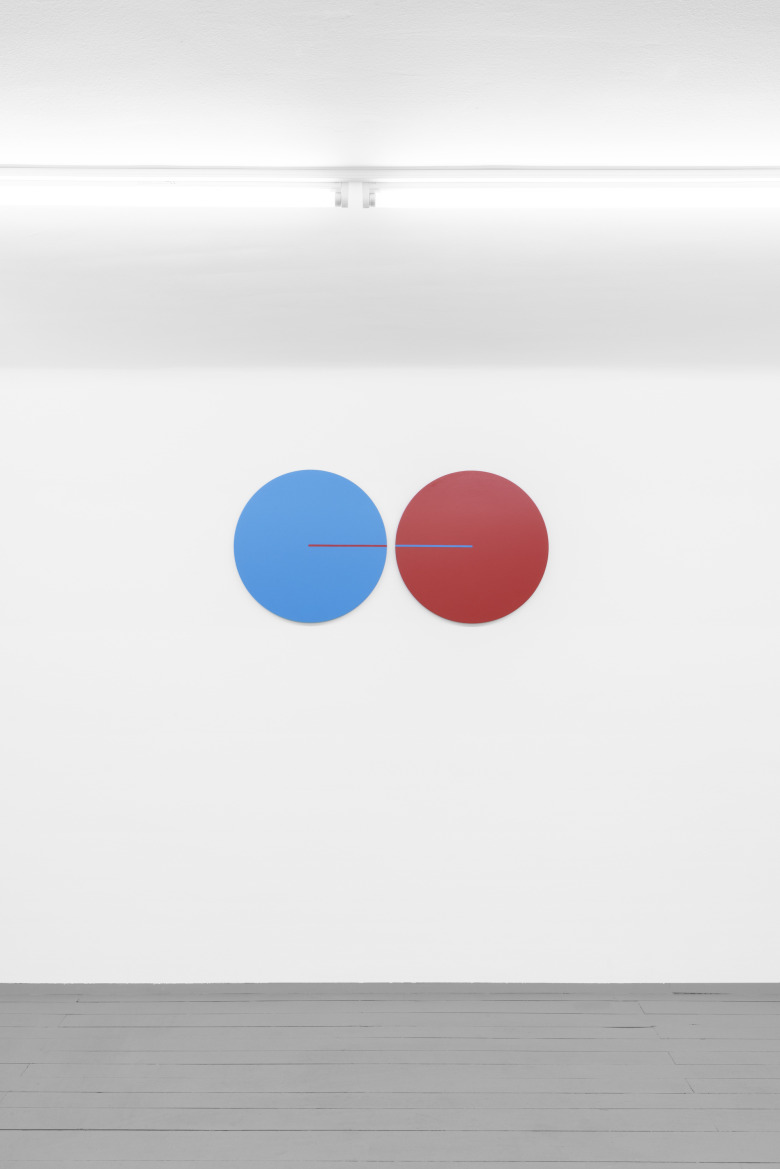
Tess Jaray, °°‾‾°°, Installation view, EXILE, 2023
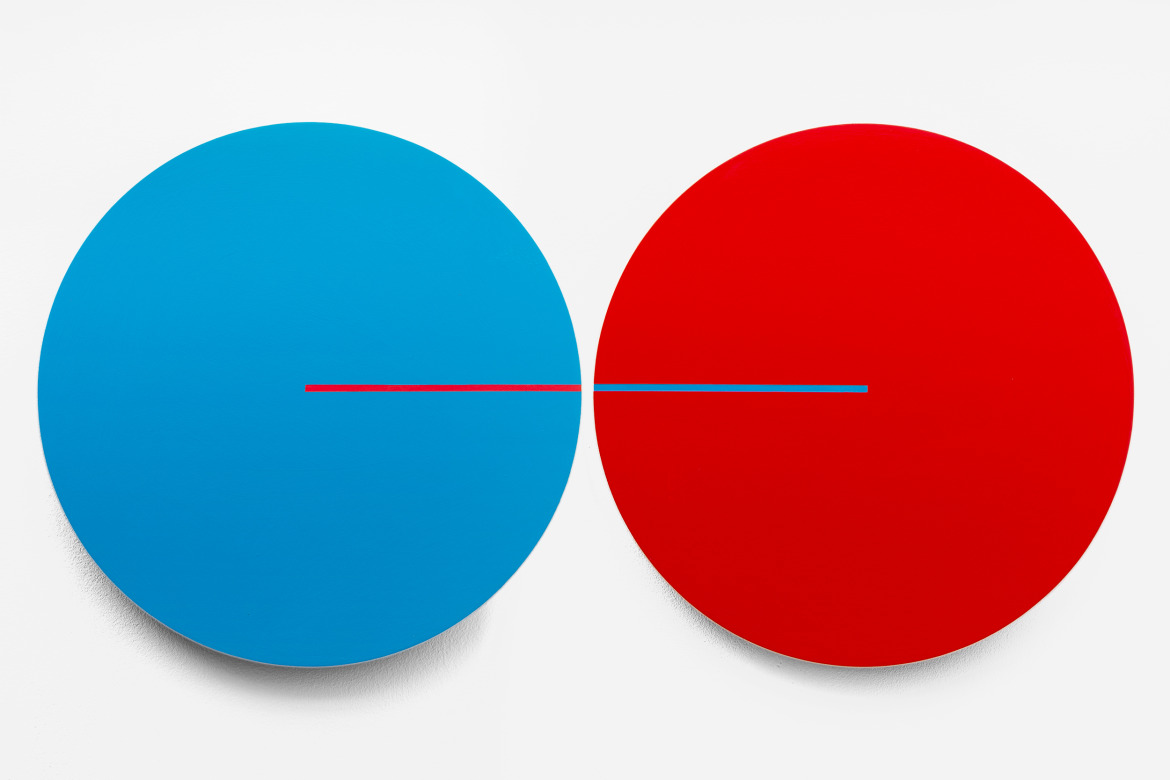
Tess Jaray, Untitled, 2021, acrylic on wooden panel, 50 x 50 x 2 cm each
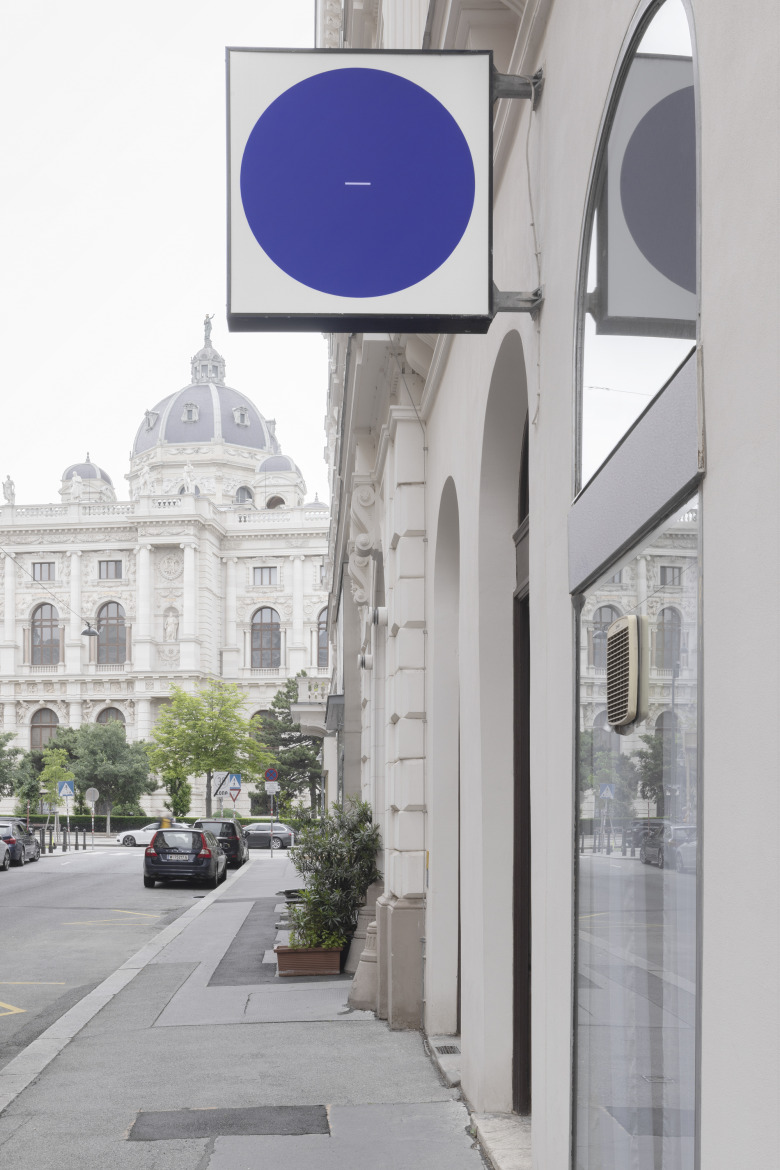
Tess Jaray, In the middle, 2023, digital print on acrylic, 104 x 104 cm
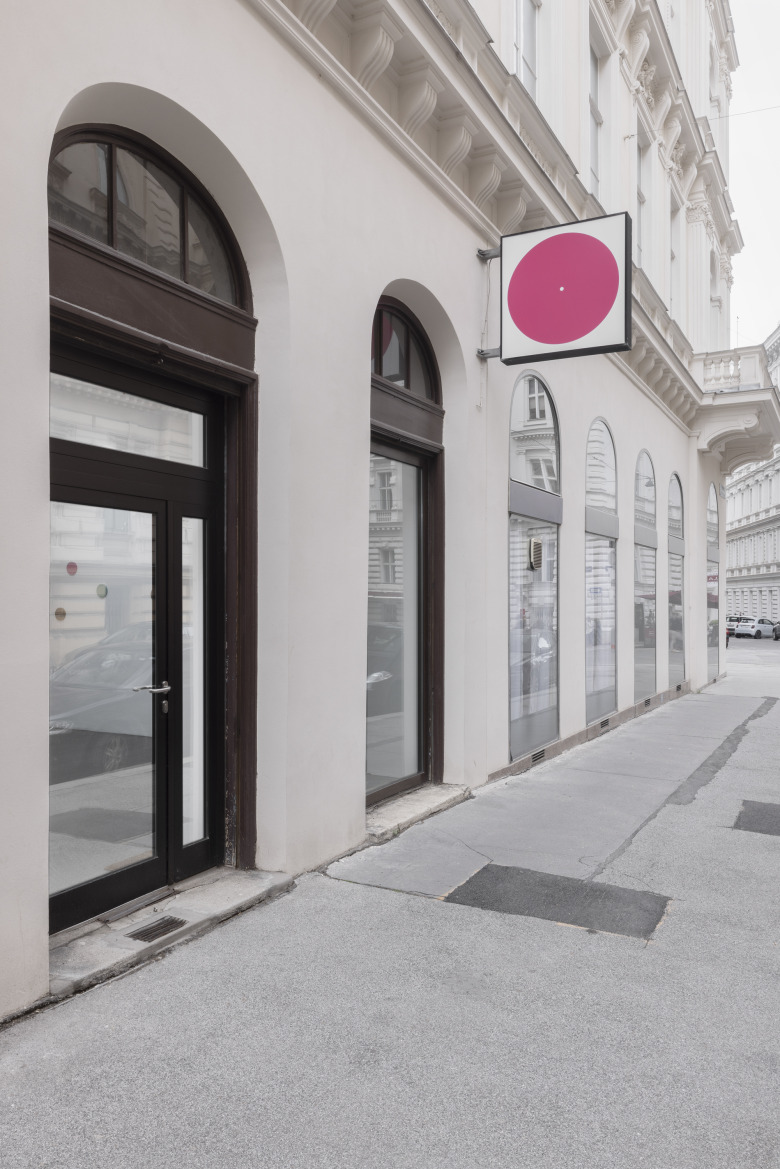
Tess Jaray, In the beginning, 2023, digital print on acrylic, 104 x 104 cm
Following Tess Jaray’s first institutional solo exhibition in Austria at Vienna’s Secession in 2021, EXILE is honored to present a third solo exhibition at the gallery of the Vienna-born, London-based artist. Entitled °°‾‾°°, the exhibition presents a selection of circular works created in 2020-2021 as well as the complete set of her latest works from 2023, made specifically for this exhibition. Both bodies of work continue Jaray’s exploration into an increasingly reduced formal language as well as into the challenges of painting with the circular plain.
Stemming from the early form of long-distance communication developed in the 1830s known as telegraphy, the exhibition’s title, a combination of dots and dashes, is itself an unintelligible abbreviation of a well known Morse code. By today’s standards an archaic form of technology-based communication, telegraphy allowed for an instant long-distance connection between bodies far removed from one another. In a sense, telegraphy was an initial form of an abstracted immediate conversation that would become the inevitable standard for contemporary technological societies.
All works in the exhibition share two commonalities: They are round and painted on wooden panel. Both refer to a particularity within the challenges of pictorial representation with painting. Jaray elaborates on these art-historically tested parameters of working outside of the common rectangle and inside a circle’s central perspective. Further, painting on wooden paneling instead of canvas allows Jaray an expanded graphic reduction of form and flatness while annotating to the ancient use of wooden surfaces as carriers for visual communication.
The two bodies of work shown in the exhibition express Jaray’s quest for a progressive reduction of scale, visual contend, association and arrangement. The small-scale works from 2020 and 2021 shown on the gallery’s first floor exist in pairs with one panel inevitably linked by color, contend and form to the other. Each diptych’s communication is held within, a dialogue of two equal parts with one conditioning the other’s existence. The result is an internal communication which presents itself to the viewer as an encapsulated code or language. Only together they can articulate themselves, a two-tone line across a two tone-canvases: what is background color in one, becomes the color of transposed form in the other. Not one of the two works functions without the other, it is an interdependency of formal and spatial dialogue.
What seems almost impossible if not to move to a painted monochrome is achieved in Jaray’s most recent works specifically produced in 2023 for this exhibition. The 17 very small-scale painted plains are now liberated from the limitations a diptych’s internal constraints and appear as isolated atoms freely floating, colliding and bouncing off one another. With these smallest and formally most reduced works to date, Jaray retreats even further from a painted as well as conceptual necessity for visual communication. A dash, a dot, a triangle, a square, a line, a circle, a zero and/on a singular one. Jaray reduces her painterly language to an inevitable core with each painting becoming a skeleton of definitive reduction and minimal depiction.
All that remains, an essential if not ultimate result of many decades of formal and spatial investigation by the 1937 born artist, are flat circular planes painted in two-tonal, at times acidic and bright color combinations. Jaray’s mastery of form and color appears joyful and at ease. 17 basic graphic forms are arranged one per circular canvas, each atom speaking for itself as to the others. Any specific or specified order of things, often seen as a fundamental, is reduced as much to its essence as is the contend of each individual painting.
For the first time, the artist does not give any guidance for their presentation. Each works’ plain and proud autonomy exists and expands once activated through the respective installer’s or viewer’s installation wishes. No presentation of this group of works will be equal to the previous. A perceived order of things is abandoned in favor of a response to these works in future exhibitions to come. The works, either titled In the beginning, In the middle, or In the end, point to a narrative liberation though, when read in order, can also refer to a time-, or lifeline.
The artist’s internal and well as external withdrawal from distinct authorship can either be understood as a form of visual and spatial anarchy or, more likely, a form of enablement. It is as if Jaray has given us the greatest gift of them all. The empowerment to view and engage with these works as if to say: make your own decision, craft your own story out of the 17 individual atoms.
With °°‾‾°° Jaray reduces language to its core. Jaray’s gift, after 65 years of painting, is a joyful and a generous one.









































